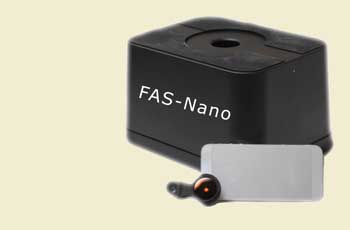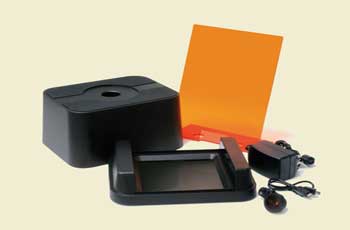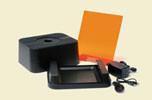The first portable gel imaging system
The FastGene FAS Nano LED System is the most compact gel illumination system on the market. Ideally suited for tight spaces on a bench-top, the system operates both as an illuminator and, if equipped with a smart phone or tablet, a documentation system that captures an image of your gel.
An array of blue/green LEDs situated around the periphery of the glass platen provide excitation light for both red- and green–emitting fluorescence dyes. Now you can get great images with traditional ethidium bromide (EtBr), not previously possible with older-style blue LED illuminators. This optimal “transillumination” configuration minimizes ambient background for the most sensitive imaging with non-carcinogenic dyes like Midori Green, or other green dyes such as Sybr Green. Safer than old-style UV transilluminators, the blue/green LEDs are just as sensitive as UV light but they don’t damage DNA in an agarose gel and they won’t harm your skin or your eyes.
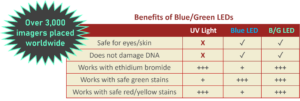
Blue/Green Illumination vs UV Illumination
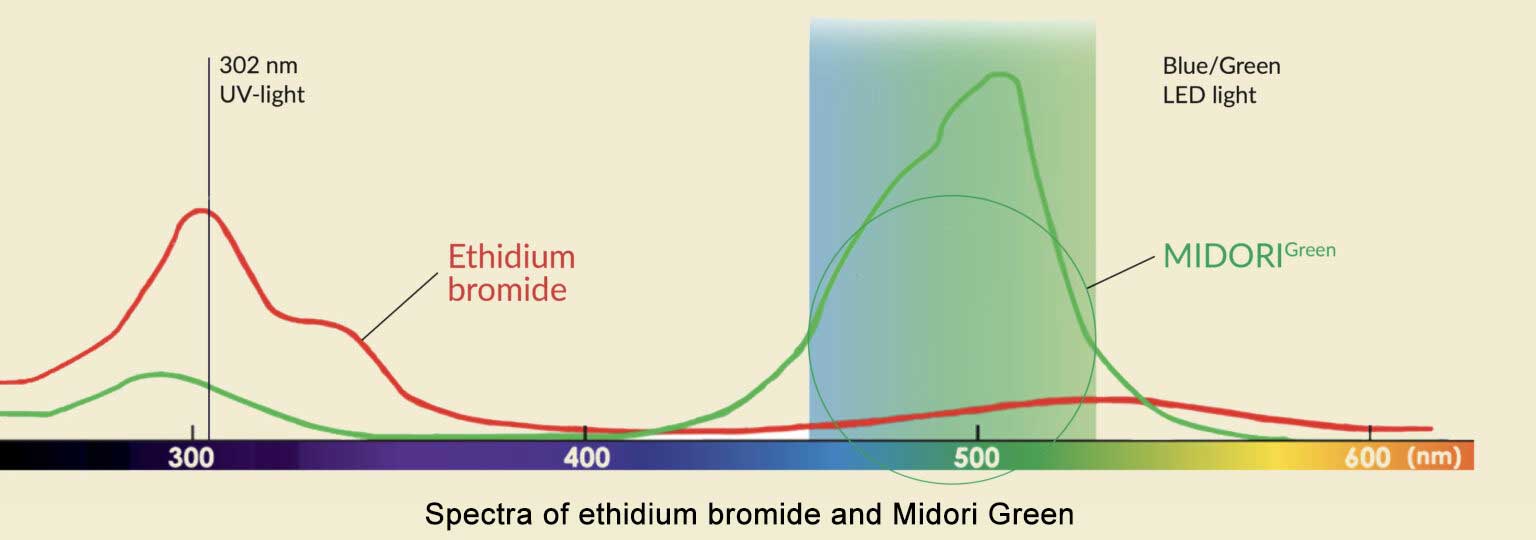
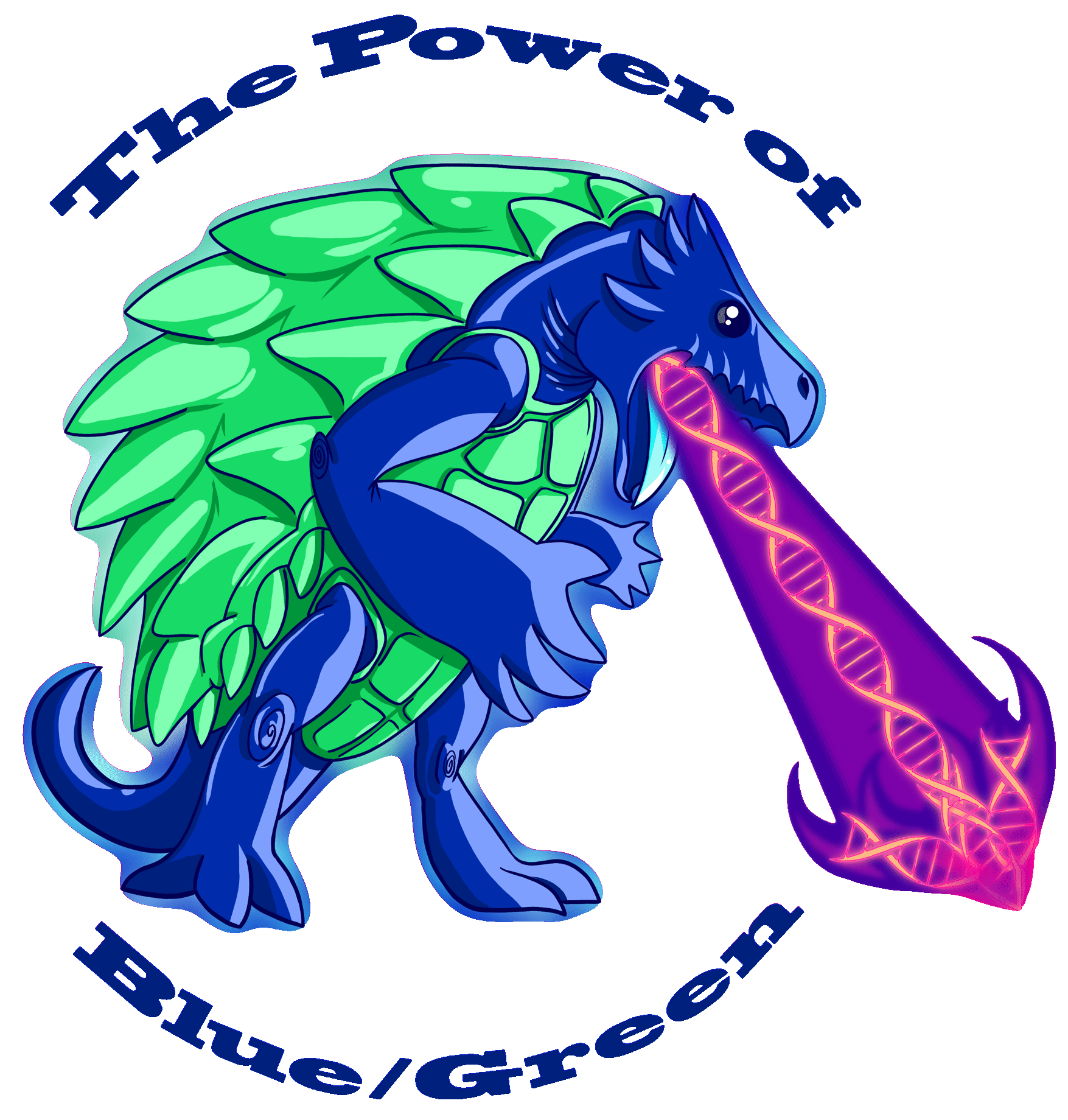
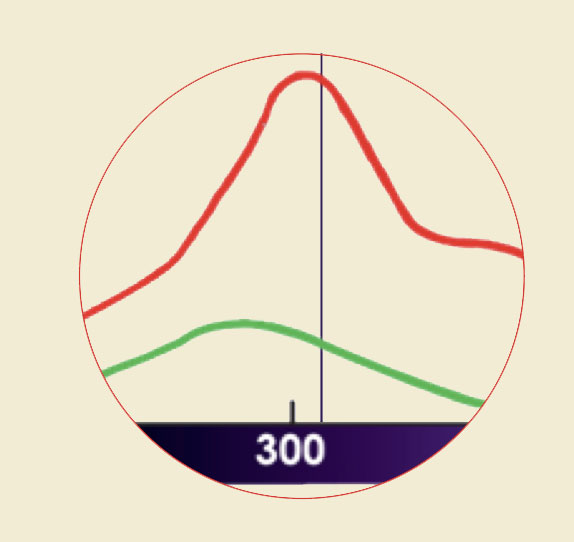 UV-Light: good signal, unhealthy side-effects
UV-Light: good signal, unhealthy side-effects
UV-light transilluminators use a single wavelength for the visualization of DNA. Red and green DNA dyes, such as ethidium bromide or Midori Green dyes have a good absorption in the UV-light spectrum. This results in DNA bands with sufficient intensity, however, UV-light is dangerous for the user and for the sample DNA. Just 30 seconds of UV-light exposure significantly reduces the cloning efficiency and has consequences for downstream applications. For this reason, visualization of DNA with UV-light is not the preferred method.

Images of different gel stains with Blue/Green illumination
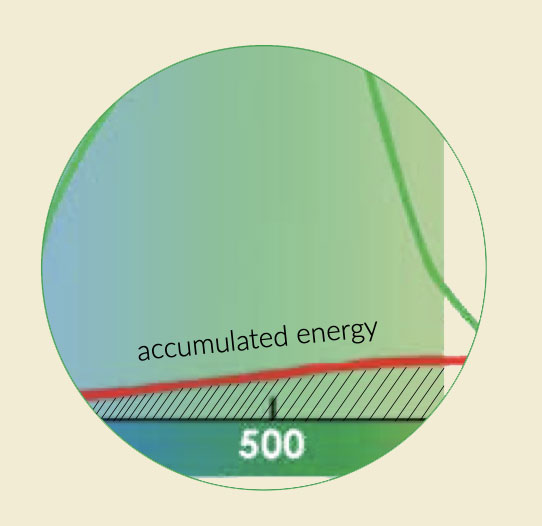 Blue/Green (not Blue) LEDs: safe and strong detection of all DNA dyes
Blue/Green (not Blue) LEDs: safe and strong detection of all DNA dyes
In contrast to UV-light, Blue/Green LED technology uses a wide spectrum of light between 470 nm and 520 nm. This range of wavelengths is much broader than emitted by blue LEDs. This light is not harmful for DNA or for the user. Even ethidium bromide or other red DNA dyes with a low absorption in this spectral area show DNA band intensity comparable to UV illumination. The reason for that is the accumulated energy absorption (area under the curve) of the DNA in the Blue/Green spectrum. Green DNA dyes show very high absorption intensity in the Blue/Green light spectrum, leading to DNA bands with superior intensity.
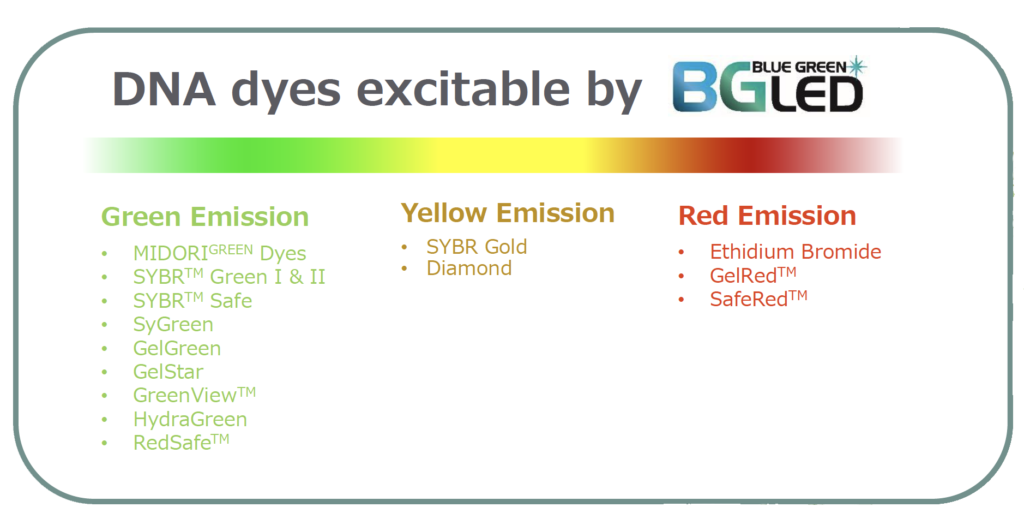
Get your DNA the easy way
With the Fastgene system and Midori Green Stain it becomes extremely simple to excise your DNA fragments from gels. You don’t need to wear protective eyewear or worry about mutagenic dyes—just switch on the blue-green LEDs and excise your DNA fragment with our Fastgene Agarose Gel Band Cutter! Fast, precise, and totally safe, it’s the twenty-first-century way of working with DNA.
Safer for you and better for your subcloning
By using safe MIDORI Green dyes and safe Blue/Green LED illumination you can improve your subcloning transformation efficiencies by THREE-FOLD. In the example below, a plasmid vector was double digested with suitable restriction enzymes to create two sticky-ended DNA fragments: the lacZ gene (3,536 bp) and the backbone of the vector (4,318 bp). Equal amounts of digested DNA were electrophoresed on 1% agarose gels. The gels were stained with either ethidium bromide or MIDORI Green Direct gel stain according to the corresponding manuals, and then viewed using either a UV transilluminator or the FastGene Blue/Green LED Illuminator, respectively. The two DNA fragments were excised from the gels and purified using a silica membrane based purification kit. The lacZ gene and the vector backbone were re-ligated using T4 DNA ligase transformed into DH5a cells and plated onto selection plates. The total number of blue and white colonies was counted to evaluate cloning efficiency. Each experiment was conducted in triplicate, and the average cloning efficiency was determined. MIDORI Green Direct resulted in a dramatic increase of positive transformants.
Midori Green Can Boost Your Cloning Results!
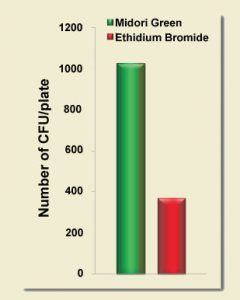
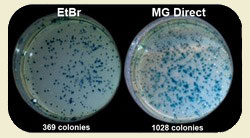
Ethidium bromide is typically used in conjunction with a strong UV light source to excise DNA bands for purification prior to the ligation reaction. Short-wavelength light is known to cause thymine dimers and damage DNA. The extent of this damage is not always appreciated. High-energy light wreaks havoc on DNA fragments in mere seconds. As can be seen below, cloning efficiency starts to drop after just a 15 second exposure of DNA in a standard agarose gel. After a 30 second exposure, your cloning experiment is all but dead! In contrast, the cloning efficiency of protocols that use blue LEDs or Nippon Genetics’ super-performing Blue/Green LEDs are completely unaffected by this deleterious effect. If your lab can’t to break itself of its ethidium bromide habit, using a Blue/Green LED Illuminator (or imaging system) should still have an immediate positive impact on DNA integrity and cloning efficiency.
UV Transilluminators Kill Cloning Experiments
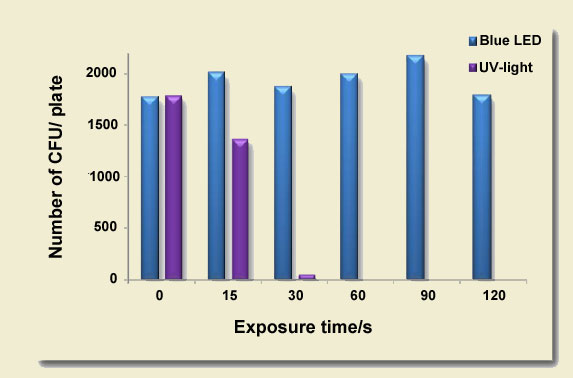
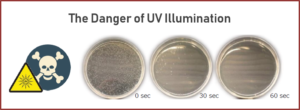
FAS-Nano Gel Illumination System
|
SPECIFICATIONS
|
|
|---|---|
| Applications | DNA/RNA
-Green fluorescent dyes such as Sybr Green, Midori Green & GelGreen, ext. -Red fluorescent dyes such as EtBr & GelRed, ext. |
| Part Numbers | NGFG14 |
| Fluorescence | Yes |
| Gel Documentation | Yes |
| Excise Bands | Yes |
| Emission Filter | 540nm long pass Amber fliter & amber shield |
| Wavelength | 470 – 520 nm |
| LED Lifetime | 50,000 hours |
| Camera Compatibility | Smart phone or tablet |
| Imaging Area | 10cm x 10cm |
| Size | 21.6 x 16.8 x 12.8 cm (Length x Width x Height) |
| Weight | 3.5 kg |
| Power | 12V, 1.25A, 100-240V, 50-60Hz |
| Warranty | 1 year |

